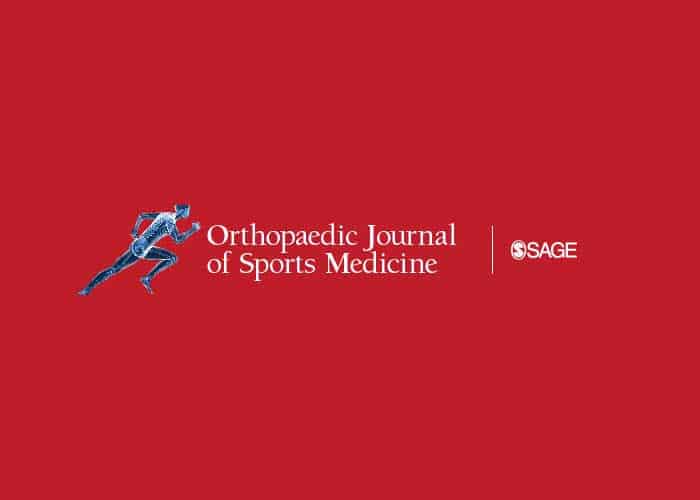
AJSM 2016
Rotator cuff tears are common and result in considerable morbidity. Tears within the tendon substance or at its insertion into the humeral head represent a considerable clinical challenge because of the hostile local environment that precludes healing. Tears often progress without intervention, and current surgical treatments are inadequate. Although surgical implants, instrumentation, and techniques have improved, healing rates have not improved, and a high failure rate remains for large and massive rotator cuff tears. The use of biologic adjuvants that contribute to a regenerative microenvironment have great potential for improving healing rates and function after surgery. This article presents a review of current and emerging biologic approaches to augment rotator cuff tendon and muscle regeneration focusing on the scientific rationale, preclinical, and clinical evidence for efficacy, areas for future research, and current barriers to advancement and implementation.
